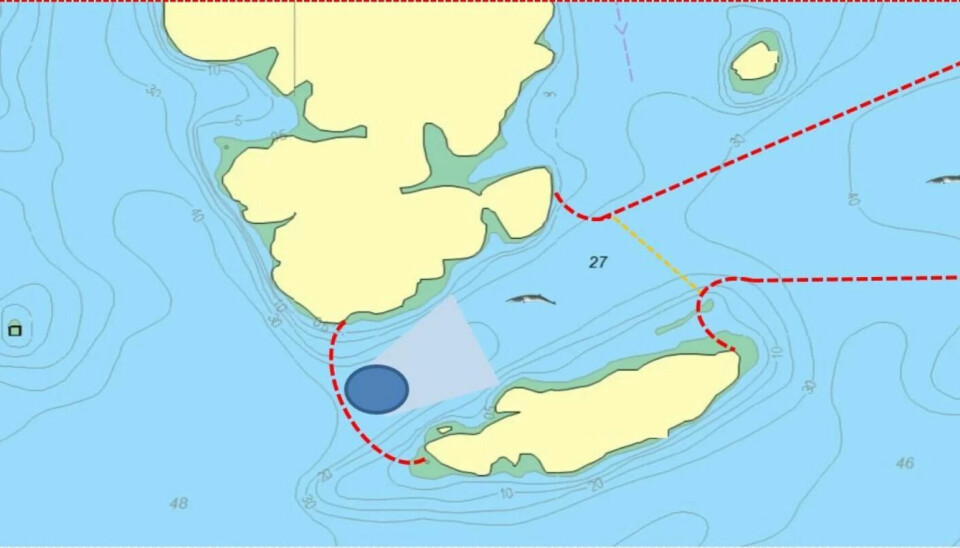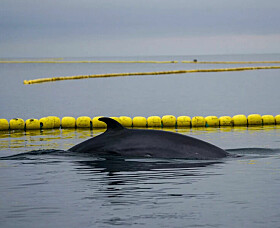
Research project halted after minke whale in Lofoten died: “The worst thing that could happen”
A minke whale died after getting stuck in a part of a research facility in Lofoten during the night of June 3rd. The research project has now been temporarily halted.
“That we have now lost a minke whale before this year's experiments have begun, due to damage caused by severe weather to the testing facility, is the worst thing that could happen,” chief researcher Petter H. Kvadsheim at the Norwegian Defense Research Establishment (FFI) said in a press release (link in Norwegian).
For the past three summers, a Norwegian-American research project has visited Lofoten to measure what minke whales can hear. During the preparations for this year's experiments, the testing facility was damaged by a storm on the night of June 3rd.
When the researchers inspected the damages, they discovered that a minke whale had become trapped under one of the barrier nets and drowned.
Setting noise limits at sea
Kvadsheim explains that the accident has deeply affected the entire research team, who have made significant efforts to prioritise safety and animal welfare in all aspects of these tests.
The research project itself aims to establish an audiogram for minke whales, which will be used to set limits for human-generated noise in the ocean.
To measure the whales' hearing, the researchers capture live whales in a test pool. Nets have been placed in the fjord to guide whales into the test pool.
Net became detached
During the severe weather, one of the nets was pulled out of position and out into deeper waters.
“Our theory is that the whale became entangled in the lead line on the underside of the net on the night it became detached due to the storm,” Kvadsheim says.
The project, led by the National Marine Mammal Foundation (NMMF) and FFI on behalf of the US authorities, is now on hold until the sequence of events is mapped out, and all procedures have been reviewed.
———
Translated by Alette Bjordal Gjellesvik.
Read the Norwegian version of this article on forskning.no





































